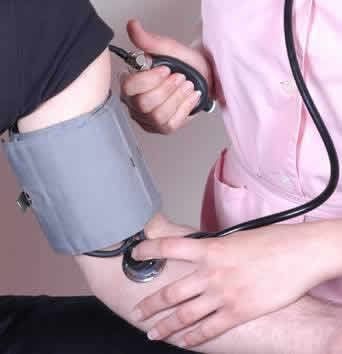Cardiovascular Emergencies Part I (1.5 Hours)
 |
Risk Factors Must Be AddressedTwo of the major independent risk factors for cardiovascular diseases are high blood pressure and high blood cholesterol.
|
A key strategy for addressing these risk factors is to educate the public and health care practitioners about the importance of prevention. Current national guidelines recommend that all adults have their blood pressure checked regularly and their blood cholesterol levels checked every 5 years. Systems changes are needed to help health care practitioners follow guidelines for treating patients with or at risk for heart disease and stroke, such as prescribing beta-blockers and aspirin. Preventive actions can help people with any level of blood pressure or cholesterol reduce their risk.

People also need to be educated about the signs and symptoms of heart attack and stroke and the importance of calling 911 quickly. Forty-seven percent of heart attack victims and about the same percentage of stroke victims die before emergency medical personnel arrive. Other important risk factors for heart disease and stroke—such as diabetes, tobacco use, physical inactivity, poor nutrition, and overweight and obesity—need to be addressed through lifestyle changes and appropriate use of medications.